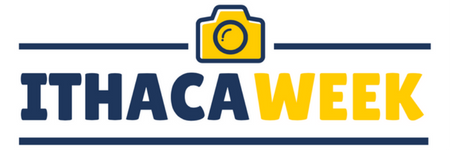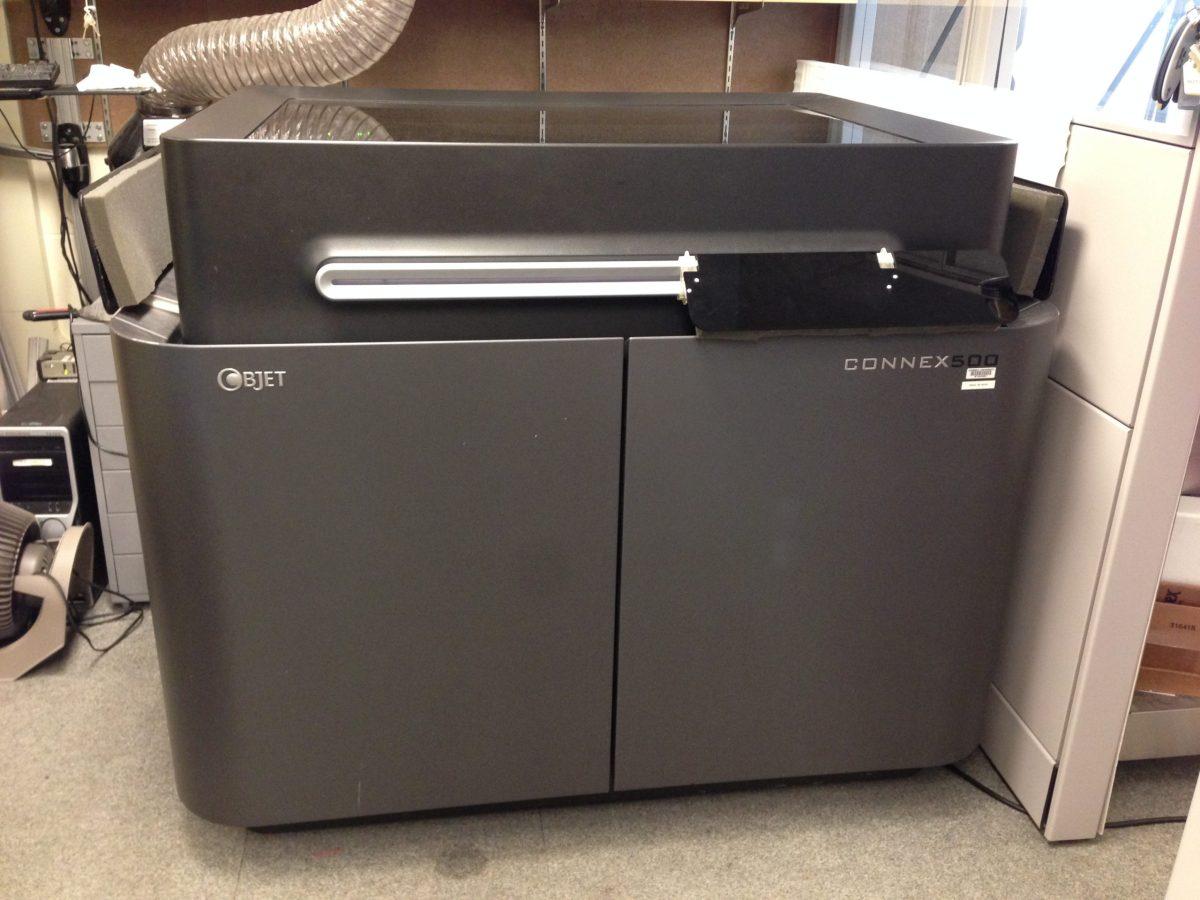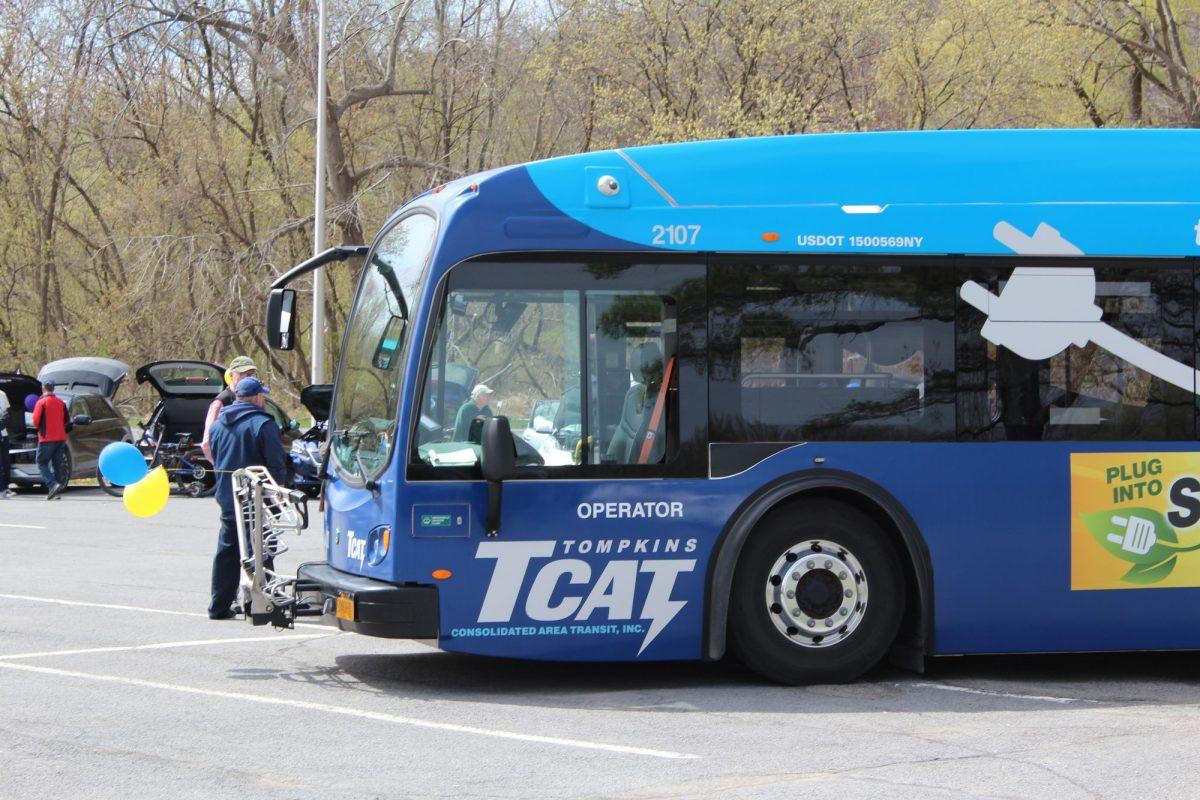While not inside a 3D printer at the moment, the device is part of a prototype aimed to transform the assembly of a 3D printed product.
In standard 3D printing, items are produced one piece at a time. However, the Pick-and-Place device can add multiple pieces at a time. This significantly reduces the amount of time and energy it takes to build an object in a 3D printer.
The 3D printing market is expected to be worth $8.41 billion by 2020, according to a market research report from MarketsandMarkets. The report indicates that 3D printing will grow in environments “characterized by low volume, complex architecture and highly individualized applications.”
3D printing and the Pick-and-Place project fall under Cornell’s Creative Machines Lab, directed by Hod Lipson, associate professor of Mechanical Engineering and Computer Science. Lipson created this lab to afford student the opportunity to do research in robotics, artificial intelligence and digital manufacturing.
“3D printing is part of our digital manufacturing research,” Lipson said. “It’s broader than just 3D printing, but 3D printing stuff has hit the media.”
[swfobject]2477[/swfobject]
The Pick-and-Place product is currently patent pending with the Cornell Center for Technology Enterprise and Commercialization. Kiran, a Cornell third-year mechanical engineering and computer science Ph.D. student, clarifies that this process can create robots made up of tiny individual pieces before printing—easier to create quickly and fix when necessary.
“The traditional robots that we have on the market right now, if something goes wrong, you just throw away the whole robot,” Kiran said. “But [with this new] kind of robot, if something goes wrong, it is going to be limited to only few of the bricks. You disassemble them, and you can assemble the new one with the same bricks. They’re recyclable and efficient.”
Lipson encourages all student levels to get involved with the lab. Anthony McNicoll, a Cornell junior mechanical and aerospace engineering undergraduate student, works on both 3D printing and assembly projects in the lab. McNicoll started speaking with the lab as an Ithaca High School student.
“For my senior project, I designed an affordable 3D printer roughly based on what was out there at the time,” McNicoll said. “Cornell was up here, so I got to get in touch with [the lab]. When I got [into] Cornell, I was looking for something to do, and although they have a great selection of project teams here, I figured why not continue with this interest of mine.”
For now, the Creative Machines lab is focusing on 3D printing and its applications into assembly. Other smaller projects include artificial intelligence and and self-correcting robotics.













